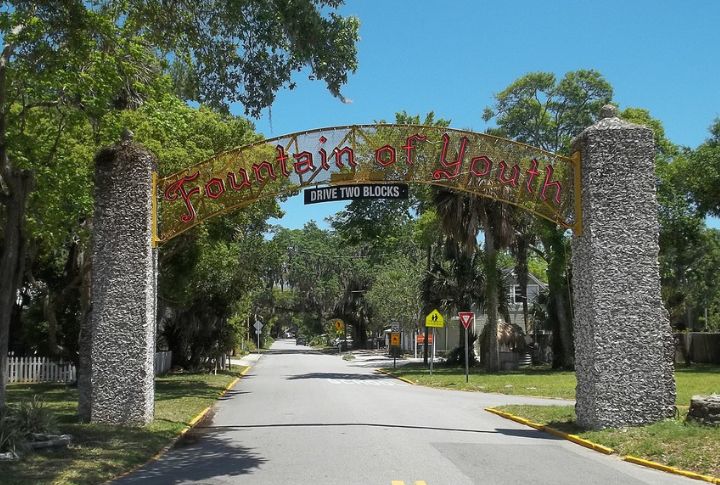
The idea of water that could restore youth never faded away. It slipped into ancient tales, explorer adventures, and even modern-day marketing. Each version gave it new life, reshaping the legend for a different time. Swipe through these stories that reveal how belief kept flowing through centuries, chasing something just out of reach.
Herodotus And The Macrobians
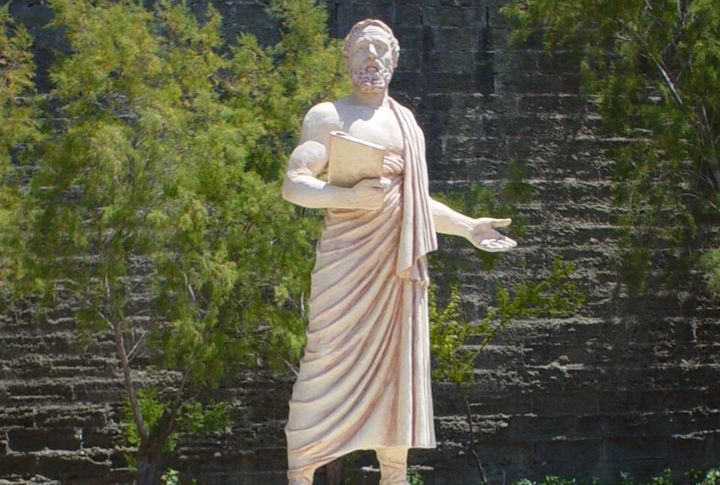
In his writings, Herodotus mentioned a fragrant spring in Ethiopia where the Macrobians supposedly lived up to 120 years. Nothing floated in the water—not even feathers. This curious detail makes his story one of the earliest written links between magical water and human longevity.
The Role Of Romantic Fiction
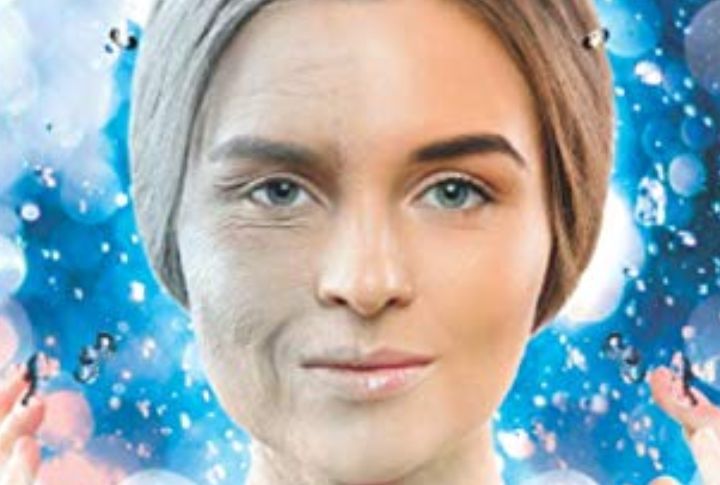
Writers in the early 1500s invented tales of “Indian” fountains that could restore youth, but no actual Indigenous sources supported these stories. By blending Eurasian legends into New World fantasies, fiction fed Europe’s hunger for marvels that didn’t really exist.
Alexander The Great’s Quest For The Water Of Life
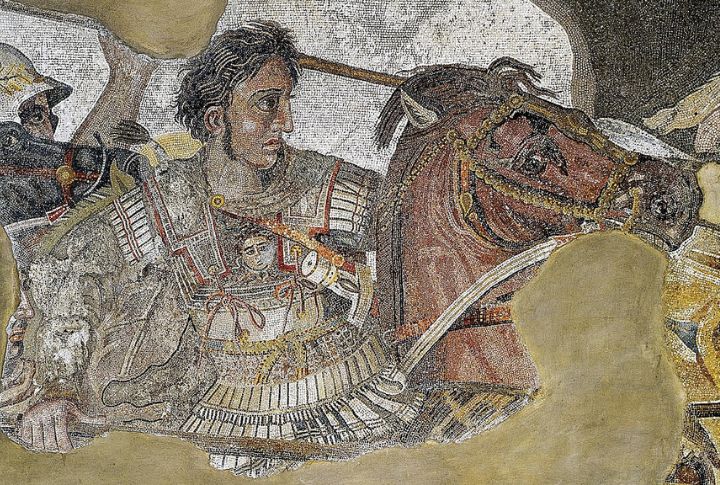
In Eastern versions of the Alexander Romance, he entered the Land of Darkness in search of a spring that restored youth. His servant discovered it first and used the water to bring a salted fish back to life. That strange twist helped plant the idea of enchanted springs in global imagination.
Al-Khidr And Islamic Influence
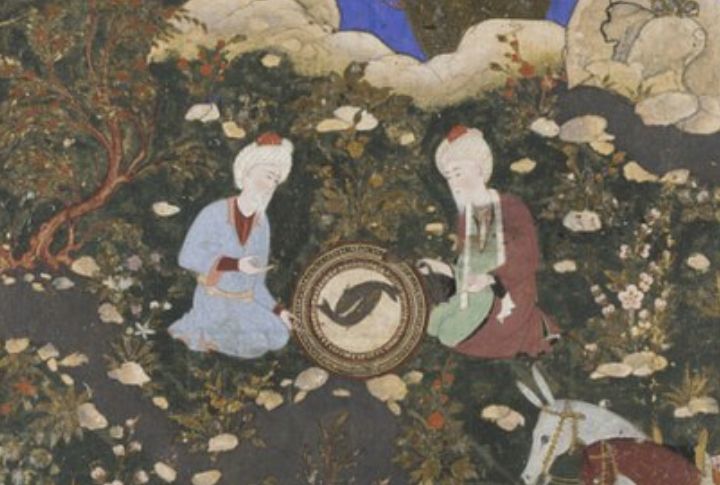
Al-Khidr, the mystical figure in the Qur’an, holds a powerful tie to the Water of Life. His story fused with Alexander’s and gave rise to medieval beliefs in eternal youth. Legends say he still wanders the Earth and guides the seekers of wisdom and immortality toward truth.
Juan Ponce De Leon’s Florida Expedition
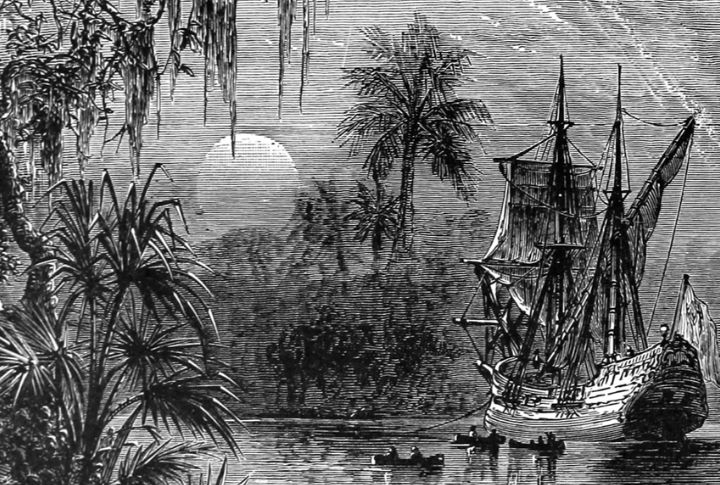
In 1513, Ponce de Leon explored Florida, but gold and land—not the fountain of youth—drove him. Spanish historian Oviedo connected him to the fountain over two decades after the explorer’s death. That account, though invented, helped solidify the myth in both Spanish memory and global legend.
Florida’s Tourist Fountain
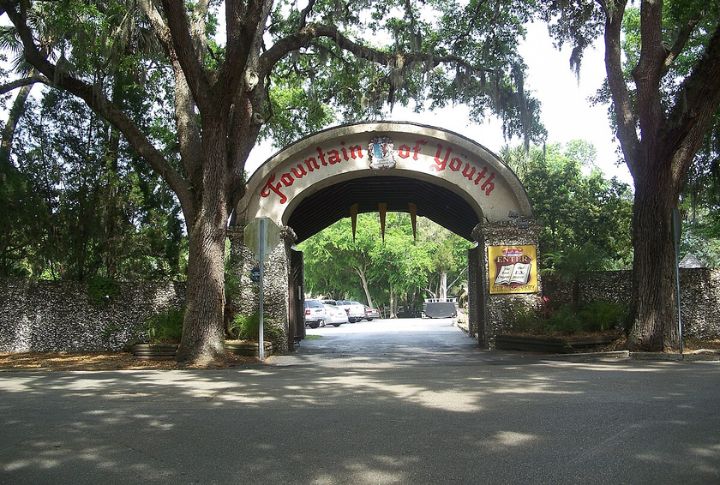
St. Augustine, Florida, turned the myth into a business model with its Fountain of Youth Archaeological Park. The attraction proves that legends—however inaccurate—can drive tourism better than truth ever could. Visitors still sip the sulfuric water, which smells like rotten eggs.
Prester John’s Kingdom
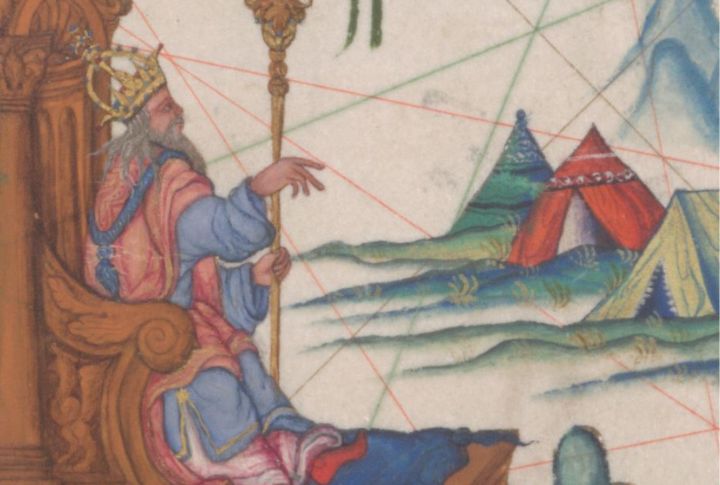
Crusaders clung to stories of Prester John, a mythical Christian king whose distant realm supposedly held a Fountain of Youth. His kingdom promised rivers of gold and unicorns. These wild claims fed medieval imaginations and gave colonial powers a fantasy worth chasing.
Sir John Mandeville’s Travels
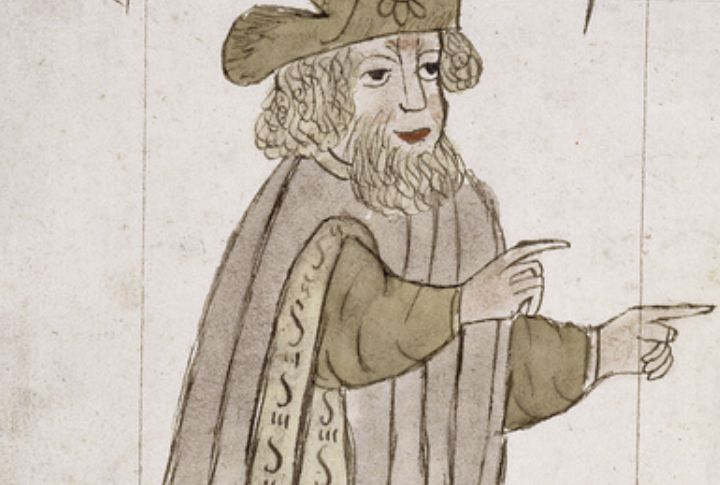
Mandeville’s 14th-century travel book claimed a youth-giving fountain sat in Polombe—now Kollam, India. Although mostly fiction, his work fueled explorers’ hopes of discovering magical places in the East. It became wildly popular and shaped how Europe pictured distant lands.
Taino Legends And Bimini
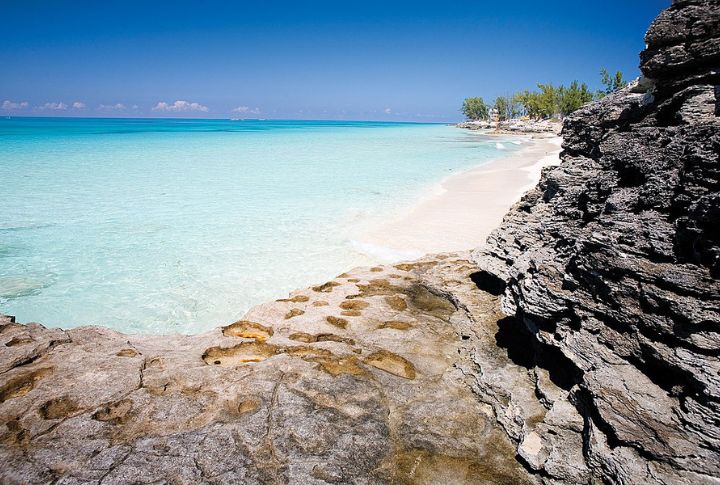
Taino communities spoke of special waters in Bimini that could restore youth, and Spanish explorers took these stories seriously and mixed them into colonial lore. Today, tourists sip from a “Fountain of Youth” well in Bimini, where legend and marketing meet perfectly.
Modern Science And The Eternal Fantasy

Science now shows that aging depends more on genes and lifestyle than on water, but the dream persists. Across the globe, cultures still treat springs, spas, and baths as rejuvenating. From luxury wellness clinics to biohacking trends, the ancient wish has simply taken on a high-tech face instead of fading away.

